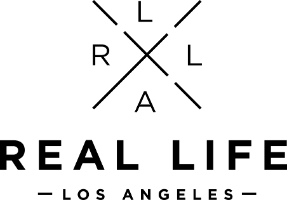The Ford Motor Company signs a "Technical Assistance" contract to produce cars in the Soviet Union, and Ford workers were sent to the Soviet Union to train the labor force in the use of its parts. Many American workers who made the trip, including Walter Reuther, a tool and die maker who later was to become the UAW's president, returned home with a different view of the duties and privileges of the industrial laborer - 1929
In what became known as the Memorial Day Massacre, police open fire on striking steelworkers at Republic Steel in
The Ground Zero cleanup at the site of the World Trade Center is completed three months ahead of schedule due to the heroic efforts of more than 3,000 building tradesmen and women who had worked 12 hours a day, seven days a week for the previous eight months - 2002
Working Class Heroes -- via -- www.unionist.com
In what became known as the Memorial Day Massacre, police open fire on striking steelworkers at Republic Steel in South Chicago, killing ten and wounding more than 160 - 1937 ~De
In the Memorial Day massacre of 1937, the Chicago Police Department shot and killed ten unarmed demonstrators in Chicago, on May 30, 1937. The incident took place during the "Little Steel Strike" in the United States.
Background
The incident arose after U.S. Steel signed a union contract but smaller steel manufacturers (called 'Little Steel'), including Republic Steel, refused to do so. In protest, the Steel Workers Organizing Committee (SWOC) of the Congress of Industrial Organizations (CIO) called a strike.
Incident
On Memorial Day, hundreds of sympathizers gathered at Sam's Place, headquarters of SWOC. As the crowd marched across the prairie towards the Republic Steel mill, a line of Chicago policemen blocked their path. The foremost protestors argued their right to continue.[1]The police,angered, fired on the crowd. As the crowd fled, police bullets killed ten people and injured 30. Nine people were permanently disabled and another 28 had serious head injuries from police clubbing.
Legacy
Years later, one of the protesters, Mollie West, recalled a policeman yelling to her that day to, "Get off the field or I'll put a bullet in your back." No police were ever prosecuted.
A Coroner's Jury declared the killings to be "justifiable homicide". The press mostly called it a labor or Red riot. Roosevelt responded to a union plea "The majority of people are saying just one thing, ′A plague on both your houses′"
Today, on the site of Sam's Place stands the union hall of the United Steelworkers and a memorial to the 10 people who died in 1937.
In the book Selected Writings by Dorothy Day (who was present), the events of the protest are summarized thus: 'On Memorial Day, May 30, 1937, police opened fire on a parade of striking steel workers and their families at the gate of the Republic Steel Company, in South Chicago. Fifty people were shot, of whom 10 later died; 100 others were beaten with clubs.







No comments:
Post a Comment